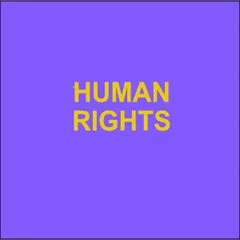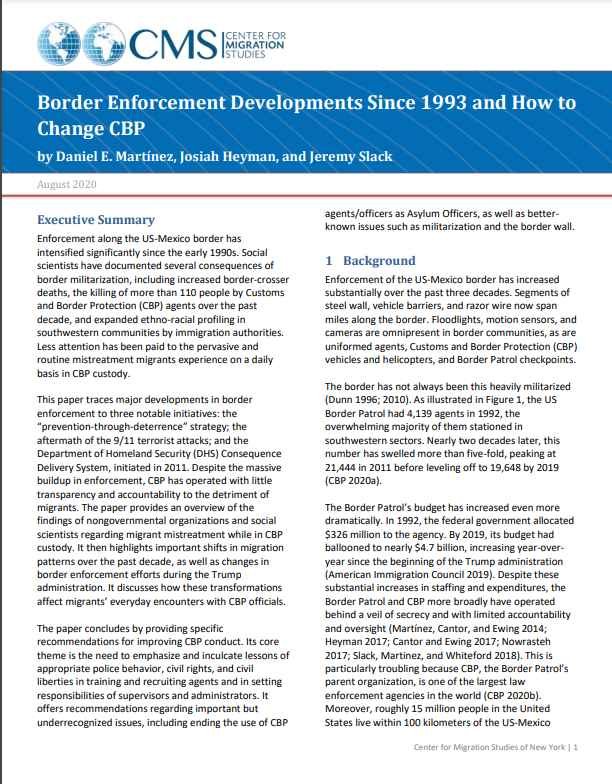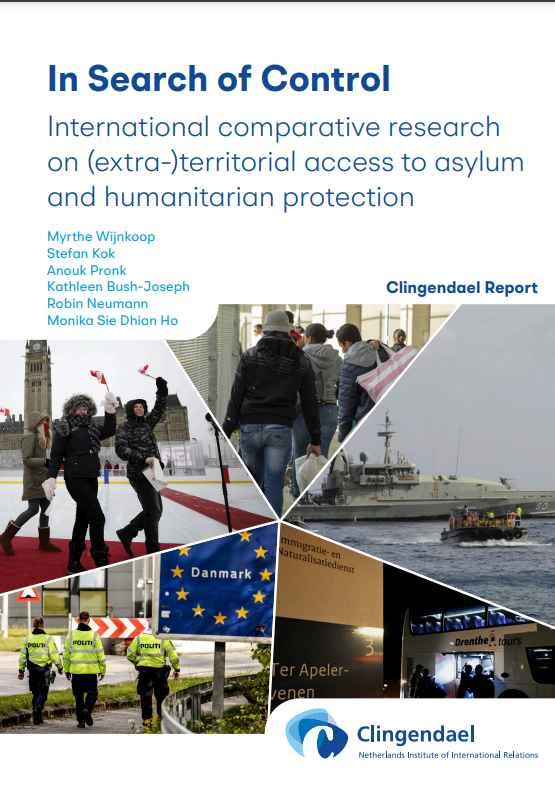By Josiah Heyman, Jeremy Slack, Daniel E Martínez
United States Border Patrol agent Matthew Bowen allegedly hit an undocumented migrant with his truck in November 2017. In preparation for trial, federal prosecutors revealed that Bowen had a history of making derogatory statements about migrants in text messages, including calling them “disgusting subhuman shit unworthy of being kindl for a fire.” Mr. Bowen’s attorney tried to suppress the disclosure of his text messages, offering the damning argument that this attitude was “commonplace throughout the Border Patrol’s Tucson Sector,” and “part of the agency’s culture” (Elfrink 2019). This case is not isolated, and our evidence raises serious concerns about a new proposal to have Border Patrol agents function as asylum officers.
The Trump administration has proposed that about 60 Border Patrol agents serve as asylum officers at the US-Mexico border (Taxin 2019). These agents would receive an unspecified period of training.[1] Their role would be to conduct initial interviews to determine whether asylum-seekers have a credible fear of returning to their countries or should be sent back. Those who pass such interviews can seek asylum before an immigration judge (ibid.). This process applies to people entering without authorization at the Mexican border, either presenting themselves without visas at ports of entry or entering without inspection. Despite it being legal to cross the border and request asylum, Border Patrol agents and Customs and Border Protection (CBP) inspectors are otherwise trained to target unauthorized border crossings as violations of the law. Border Patrol agents-turned-asylum officers would mark a significant change to the Border Patrol’s role and in the asylum process overall.
As the Bowen case suggests, many Border Patrol Agents have negative attitudes toward immigrants and are unsuitable for the role of asylum officers. Clara Long from Human Rights Watch reports: “What we see over and over again is Border Patrol just has a culture of disbelieving asylum seekers. It’s really hard to imagine these agents being able to create the openness and trust and listening that’s really required for a credible fear interview” (Taxin 2019). In fact, this seems to be the very reason for the proposal. NBC reports that “Trump’s senior adviser Stephen Miller in particular has argued that CBP agents will be tougher on asylum-seekers and will pass fewer of them on the initial screening” (Ainsley, Lee, and Welker 2019). Yet the point of a credible fear interview is not to be negative or positive; the relevant regulations state that “the asylum officer…will conduct the interview in a non-adversarial manner… The purpose of the interview shall be to elicit all relevant and useful information bearing on whether the applicant has a credible fear of persecution or torture.”[2] The thinking is that the United States would rather afford people the benefit of the doubt and give them access to a full immigration hearing than to send them back home where they may be persecuted or killed. We have robust data that supports Long’s concern over Border Patrol agents being given this responsibility.
As part of the second wave of the Migrant Border Crossing Study (MBCS), we surveyed 1,109 recently deported Mexican migrants who crossed the border without documents, were apprehended, and deported to Mexico. From 2010-2012, we completed surveys in Tijuana and Mexicali, Baja California; Nogales, Sonora; Ciudad Juárez, Chihuahua; Nuevo Laredo, Tamaulipas; and Mexico City. Our response rate was over 90 percent. The cities where we worked received 65 percent of all deportees along the US-Mexico border during the study period. Table 1 (below) provides basic descriptive findings from the MBCS. The typical MBCS respondent was male, between the ages of 18 and 34, from west-central (e.g., Jalisco or Michoacán) or southern/southeastern Mexico (e.g., Chiapas, Guerrero, Oaxaca), with some prior migration experience, who most recently crossed through the Tucson, San Diego, or Laredo Border Patrol sectors.
New York; Center for Migration Studies, 2019. 8p.


























